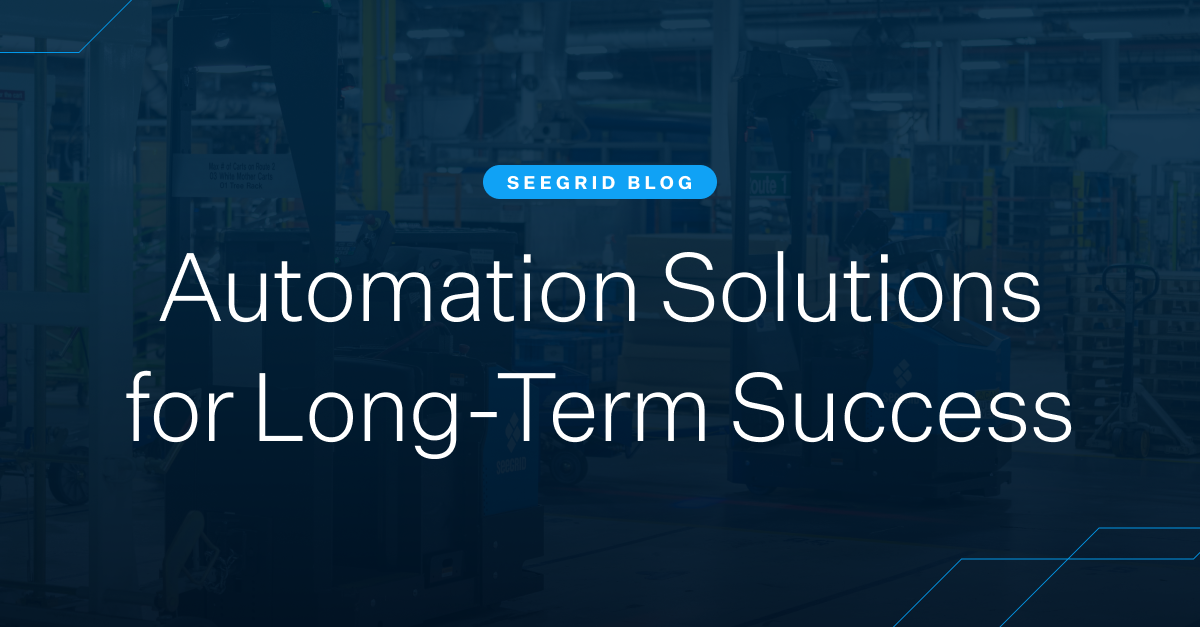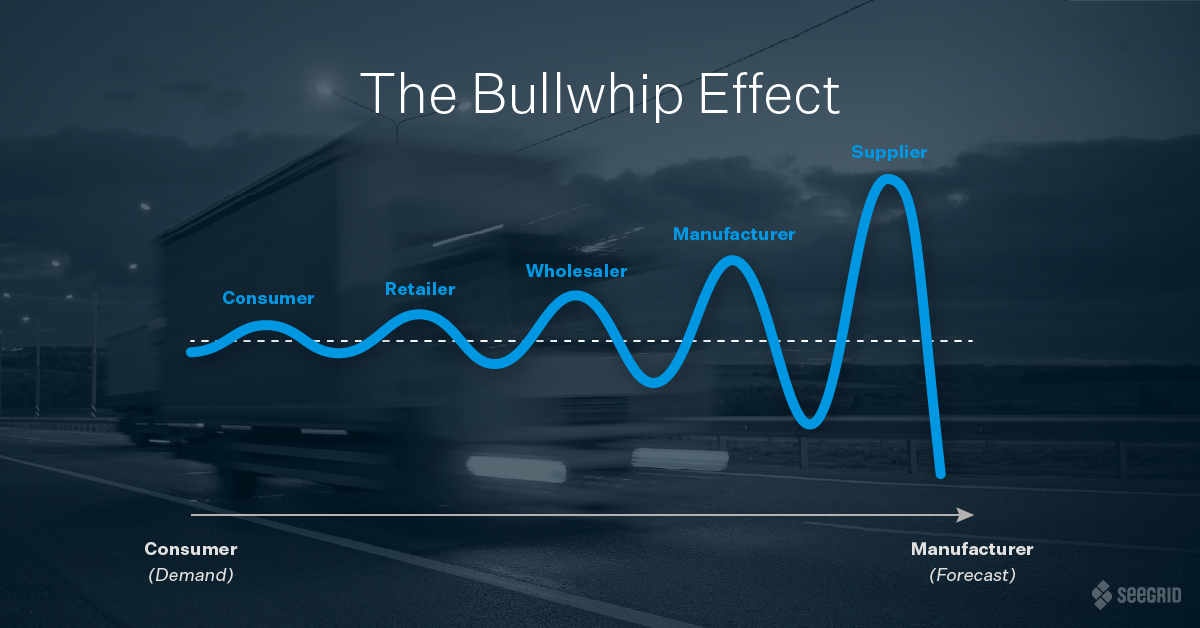There are some things in life that you can set and forget. Turn on autopay and never worry again about whether you remembered to pay your electricity bill this month. Change the batteries in your smoke detector, and you can rest easily at night for an entire year before swapping them for a fresh pair.
Your industrial automation system is not something you should program once and leave untouched. Ideally, any robotics or automation systems you integrate into your manufacturing, logistics, or warehousing facility should work for your operations today and adapt quickly to accommodate your future goals.
Here are reasons why you should continuously monitor your flexible automation solutions and the tools that’ll make that important task easier.
What Is Flexible Automation & What Are Some of Its Features?
Flexible mobile automation is an automated system that’s simple and quick to modify. The opposite, hard automation, is a fixed piece of equipment that cannot be changed.
A key to flexibility is the absence of additional infrastructure. Traditional automated guided vehicles (AGVs) are designed to follow fixed, established paths that are defined by some piece of facility infrastructure. When changes occur, built-in sensors, such as magnets, tape, wires, or reflectors, need to be reconstructed and reconfigured which requires extensive planning, calling in builders, and additional costs. Plus, construction is distracting and disrupts normal operations, typically leading to dreaded and expensive downtime. Facilities lose money every minute production or material transportation has to stop. Thus, a key feature of flexible automation is a solution that causes little to no downtime.
Concerning the simplicity to make modifications, a flexible solution shouldn’t require bringing in experts or engineers to your facility. That’s an additional cost and causes delays in making changes that must be implemented as soon as possible. It’s best if the facility’s current in-house staff can reprogram the automation systems themselves. The ability to add extra robots to scale operations is key in always staying on top of a facility’s production goals.
Seegrid Palion autonomous mobile robots (AMRs) require zero infrastructure, and facility staff can train and reprogram them in minutes. Palion AMRs see the world around them just like humans do, which allows them to navigate dynamic environments safely. Their 3D computer vision system means they don’t need to follow a track. To train Palion AMRs, simply drive a robot through a new route, and it’ll remember and stick to that route exactly. Palion AMRs have an unmatched ability to see, understand, and learn, performing and reporting on tasks safely and productively while empowering users with the ability to quickly adapt.
The Importance of Flexibility
The manufacturing, logistics, and warehousing industries move incredibly fast, and companies are constantly competing with each other to win customer loyalty. It’s a harsh climate that requires accommodating sharp pivots to fulfill increased demand or expanding product lines to capture customer attention. There is a current peak in demand compounded with a labor shortage. Manufacturing and fulfillment facilities need to be running at top speeds safely and accommodate the ebbs and flows in staffing.
Long-term success is determined by how well facilities are able to adapt to change and to set, not just follow, industry trends. When material handling and tedious tasks can be automated, human workers are able to focus on value-add projects that drive corporate momentum. Flexible automation makes it possible to act quickly upon new ideas.
Data’s Role in Continuous Improvement
The manufacturing, logistics, and warehousing industries move incredibly fast with many interconnected moving parts. It’s impossible for facility management to have an eye on every action and process at once. Automation data increases visibility. With full visibility into workflows, facilities can confidently streamline efficiencies to create an agile AMR fleet that can meet the demands of variability while reliably handling day-to-day operations.
Every Palion AMR exhausts data. This means that every inch they travel is tracked, and managers can use that information to inform smart decisions that’ll boost productivity or improve traffic flow. For example, data can show periods of low utilization. Facility workers can easily redeploy Palion AMRs to different functions or shifts to boost output and maximize the value of the automation investment.
Fleet Geek, part of the Seegrid Fleet Central software suite, is a cloud-based analytics software platform devised to organize massive amounts of data and make it usable. Usable data is understandable, timely, and contextual. A jumble of numbers delivered on a delay isn’t helpful. That’s why Fleet Geek presents the most important metrics in an easy-to-understand dashboard. The virtualized reporting helps users better understand performance and continuously improve in real time with up-to-the-minute information across facility networks.
Be Ready for the Unpredictable
2020 and the subsequent e-commerce and supply chain scramble taught manufacturing, warehousing, and material handling professionals the importance of preparation. Industries of all types are busier than ever. The goal isn’t just to keep up. Management should strive to excel in these booming times to smash productivity goals and earn customer loyalty. Intelligent and flexible mobile automation is the way to move ahead of the competition.
Infographic: Mapping the Route to Automation Success
Download this infographic to continuously adapt your automation solution to drive success now and in the future.







